Peanuts, also sometimes called peanuts, are a variety of legumes that grow primarily in South America, Mexico, and Central America. This is an annual plant with very thin stems, which grows very close to the ground. Currently, the most favorable climate for seedling of this nut is warm and rainy.
Peanuts, like many others, constantly raise many questions among those who are losing weight and those who monitor their health. How much peanut can you eat per day? What is its use? What are the possible side effects? What is the best way to eat nuts? Should I buy peanuts in glaze or in pure form? Why is there so many calories in it and is it so delicious?
Let's try to figure it out and find the answers to all these questions.
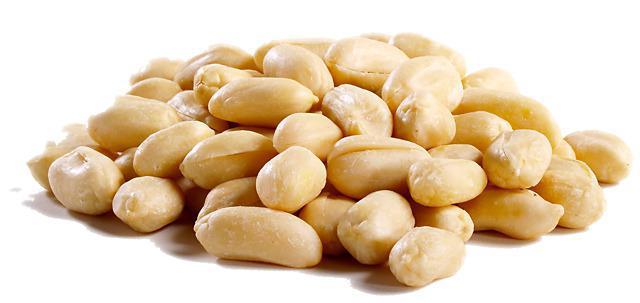
Definition
From a botanical point of view, peanuts are not nuts. In its composition, it is more associated with products of the legume family, such as peas, lentils and others.
It’s interesting enough to watch how this nut grows. First, flowers bloom, which, because of their weight, lower the thin stem as low as possible to the ground. In the end, the flower buries itself in the ground, where the peanut finally ripens.
The light brown pod streaked with veins contains two or three walnut kernels. Do not try to cheat, considering it pods. The norm of peanuts per day for a person in all publications is determined in the kernels, that is, the nuts themselves. Each oval shape consists of two lobes of yellowish color, covered with a brownish-red peel. It has a bright, buttery, “nutty” taste.
Due to its high protein content and chemical composition, peanuts are often used in various products and processed into butter, pasta, flour and cereal.
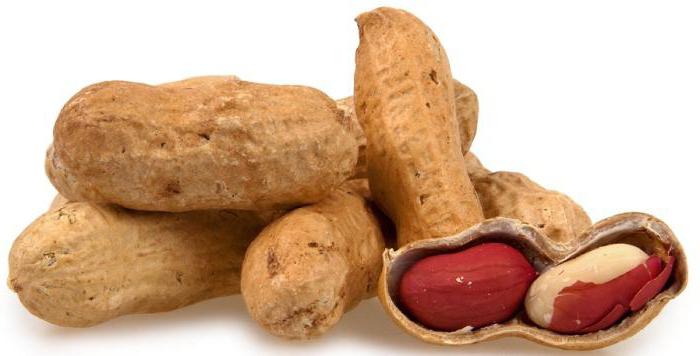
Structure
Want to get the most out of your nuts? Choose peanuts. Proteins, fats, carbohydrates are not the only things to consider when it comes to this nut. Besides the fact that this product is surprisingly rich in proteins, it contains a number of useful substances. Further, the norm of nutritional micronutrients is indicated at the rate of 28 grams - an approximate daily norm:
- Calories - 166.
- Proteins - 7.8 grams.
- Fats - 14.7 grams.
- Carbohydrates - 4.3 grams.
- Fiber - 2.6 grams.
- Calcium - 17.1 grams.
- Potassium - 203 mg.
- Magnesium - 49.3 mg.
- Phosphorus - 111 mg.
- Sodium - 89.6 mg.
- Folic acid salt - 33.6 mcg.
It should be borne in mind that all these data are given for the product in its pure form, without any additives. If you, for example, buy packaged salted peanuts, then the nutritional value for it can significantly differ from the above values. The same goes for peanut butter, as many manufacturers use a variety of additives in the production. Carefully read the composition before purchase.
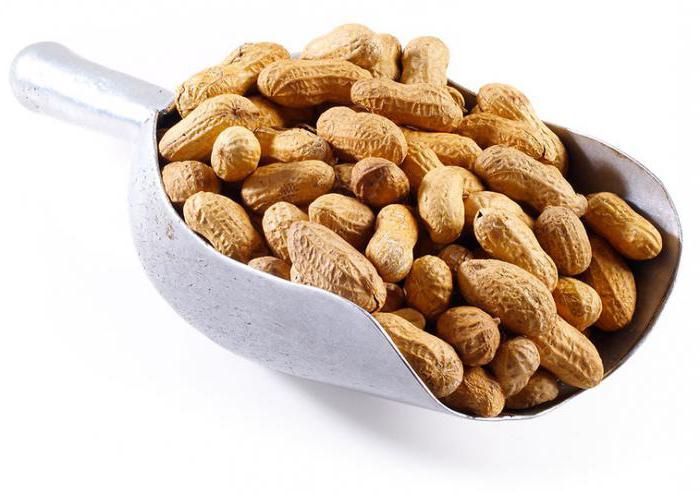
How much peanut can you eat per day?
In principle, you can eat as much as fits into your daily intake of BJU (proteins, fats, carbohydrates) and calories. However, overdoing it and going beyond it, especially if, for example, you decide to take salted peanuts at the cinema to make it easier to watch your favorite movie, is very easy, since it has a high fat content.
On average, experts recommend eating no more than 20-30 grams per day, which corresponds to about 20 nuts. Peanuts can be eaten both in pure form as a snack between main meals, and used in various dishes. For example, in salads and pastries.
Many people prefer the option of peanuts in the glaze. You should be careful here, because, firstly, the amount of sugar and carbohydrates in this product is significantly increased. If you are on a low-carb diet, then put off this treat for the future.
Another format that has become quite popular in recent years in our country is peanut butter (or butter). A good way to diversify morning porridge and add the necessary protein to breakfast or figure out a small snack by spreading the paste on the toast. But again, be careful and pay attention to the composition, many manufacturers add a significant amount of sweeteners.
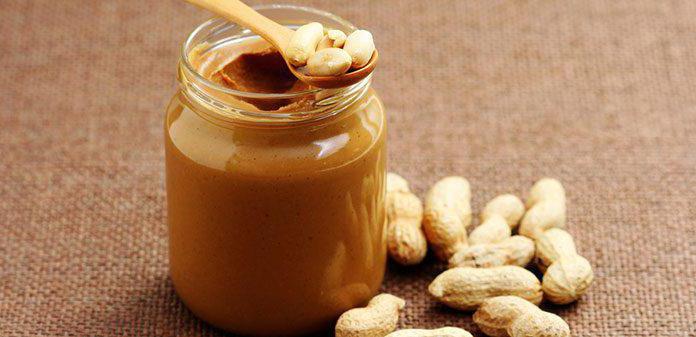
What are the benefits of peanuts for the body?
There are probably even more useful properties of this nut than the methods of its use in cooking, and, believe me, there are many of them. All these advantages are associated with its composition:
- Healthy fats for the heart. Peanuts contain monounsaturated and polyunsaturated fats that support heart health and lower cholesterol, thereby reducing the risk of coronary heart disease.
- Squirrels. They are necessary for the health of cells in the body, which are constantly replaced and restored. In order for the new cells to be healthy, and the defeated to recover correctly, the body urgently needs protein. Peanuts have a significant content of vegetable protein, so it must be present in the diet of children, vegetarians and people with protein deficiency.
- Antioxidants. Their high content not only protects the heart, but also prevents the growth of free radicals, preventing the occurrence of infections.
- Minerals Peanuts are a rich source of minerals such as magnesium, phosphorus, potassium, zinc, calcium, sodium and others. All of them are necessary for the healthy functioning of the body.
- Vitamins Peanuts provide the body with the necessary vitamins, helps normalize metabolism and convert fats and carbohydrates into energy. Being a good source of folic acid, it reduces the incidence of birth defects associated with anemia.
Of course, this is not all that peanuts are useful for the body, but if you list each advantage, you will get a whole treatise.
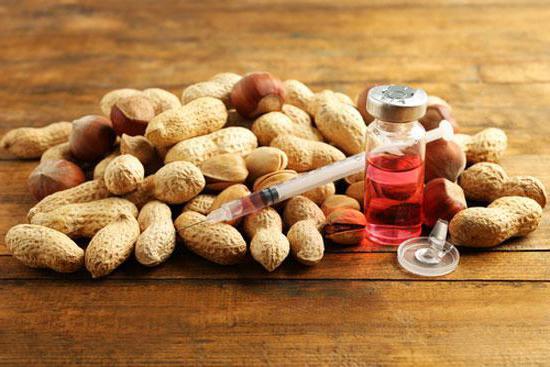
Side effects
Unfortunately, in the world there are practically no products that can boast only advantages.
Excessive consumption of peanuts can lead to increased gas formation, bloating, heartburn, and even food allergies.
Peanut allergy is perhaps one of the most serious food allergies. The reaction in this case usually manifests itself within a few minutes after eating or even touching a peanut or product, with its content. Usually, it all starts with a tingling sensation in the mouth, and then the face, throat and mouth become swollen. This can lead to shortness of breath, asthma attacks, anaphylactic show, even death. A less pronounced reaction manifests itself in the form of a rash, urticaria, and indigestion. People with a similar allergy usually always carry an adrenaline rush to give them extra time before the ambulance arrives.
If a similar condition was diagnosed in infancy, then it is likely that the person will have an allergy for life. It is rare when a peanut allergy goes away at a conscious age. To date, there has been an increase in cases of this disease, which has made this nut a subject for numerous studies, due to the severity of the allergic reaction to peanuts. Contraindications will be discussed later.
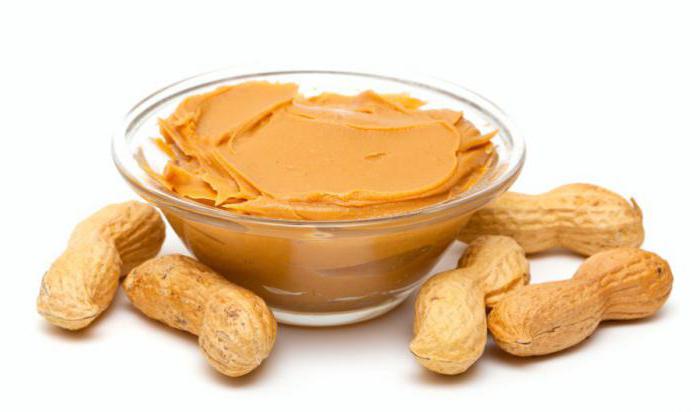
When to stop using
In addition to the allergy directly to peanuts themselves, there are a number of conditions under which you should abandon its consumption.
This nut is susceptible to contamination with aflatoxin, a potential carcinogen that causes malignancies and is a risk factor for liver carcinoma. If peanuts have a greenish-yellow color, then they should be immediately discarded and should never be eaten.
The norm indicated in the article is advisory in nature. How much peanut can you eat per day? If you are prone to edema or currently suffer from prolonged diarrhea, then for the first time you should still give up all types of nuts, because due to the high content of fat in them, they can aggravate the condition.
Peanuts contain alpha-linoleic acid, which, as most studies have shown, with a large concentration increases the risk of developing prostate cancer.
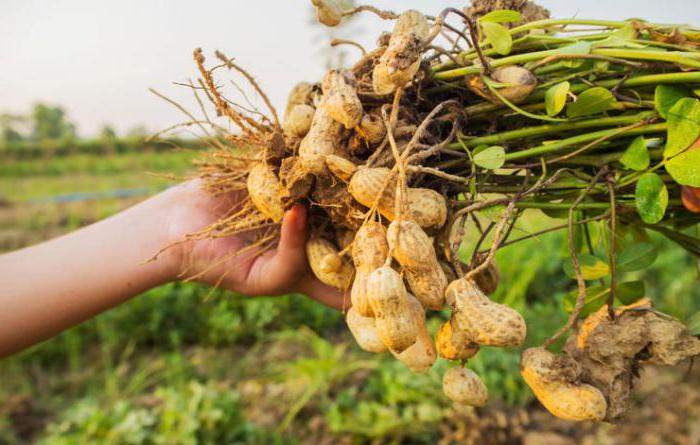
How to choose and store peanuts?
The harm and benefits, calorie content and the amount of micronutrients may not matter if you store nuts incorrectly.
Peeled peanuts are usually sold pre-packaged in containers or by weight. Before buying, make sure that the packaging is not damaged, the product is fresh, and that there are no signs of dampness or insects on the packaging and on the counter. If possible, smell the peanuts to make sure there is no rancid and musty smell.
Inshell whole nuts are usually sold by weight or in bags. If possible, shake the packaging before purchasing. If the bag seems heavy for its volume and does not rattle, then peanuts are good. Also make sure that there are no cracks, dark spots, or insect traces on the shell.
Peeled peanuts should be stored in a tightly closed container in the refrigerator, since exposure to heat, humidity or light can cause a rancid taste. Whole nuts can be stored in a cool place, and in the refrigerator the product will lie for up to 9 months.
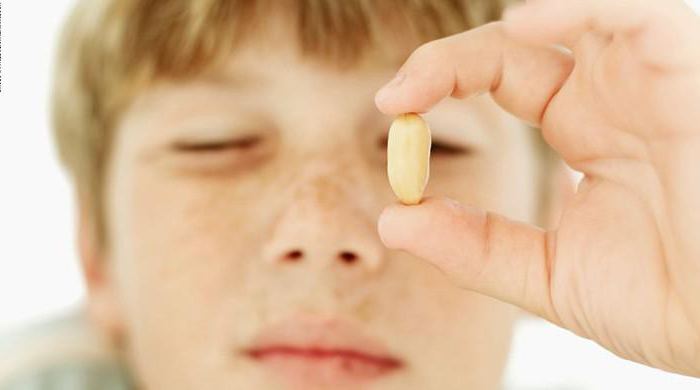
Slimming Peanuts
More and more often in conversations and recipes about losing weight there is peanut. It sounds strange, but in fact he is really able to help get rid of extra pounds. The main thing is to remember how much peanuts you can eat per day, and not exceed this norm.
Since the nut is rich in fiber and protein, it will allow you to maintain a feeling of satiety for a long time, preventing you from overeating. In addition, it takes about two hours for the stomach to digest peanuts, compared with thirty minutes for foods high in carbohydrates.
Walnut speeds up metabolism. Studies have shown that with daily moderate consumption of peanuts for 19 weeks, subjects experienced an accelerated metabolism of as much as 11%.
Fats in it contribute to the saturation and satisfaction of taste needs, so you suffer less from the inability to enjoy your favorite chocolates.
Peanuts stabilize blood sugar, which provides a long energy boost and reduces cravings for “harmful” foods.

Conclusion
Peanuts are an amazing product. It has the characteristics of nuts, but it refers to legumes. A rich source of protein, a good appetite control product and a great addition to a variety of salads and even hot dishes. In addition, it is the most common and relatively inexpensive nut (compared to the same almond) and unfortunately, it is one of the worst allergens in the world.
But if you are lucky and you do not suffer from food allergies, then immediately go for a couple of packs of peanuts, please your body and taste buds.